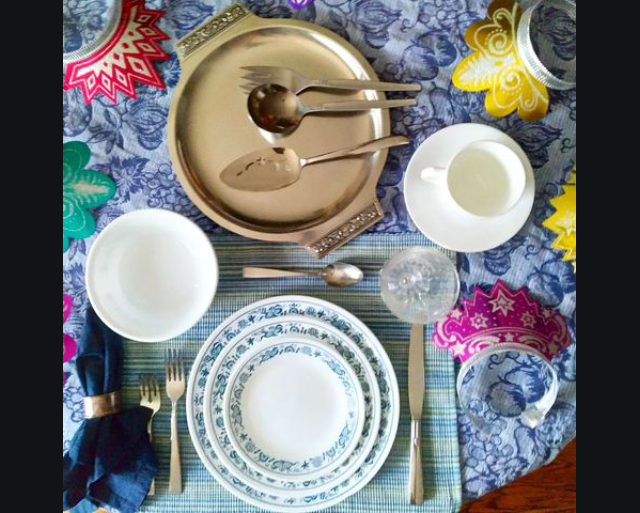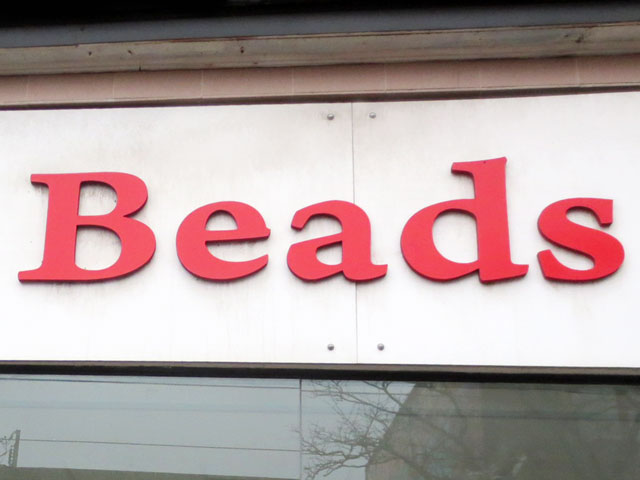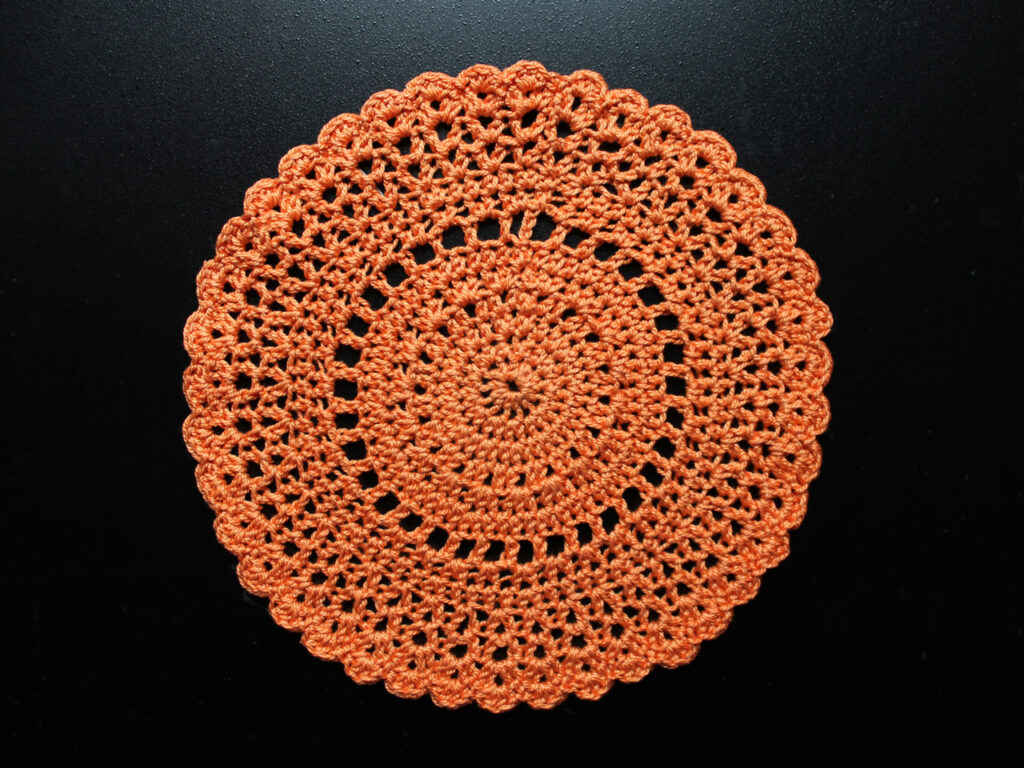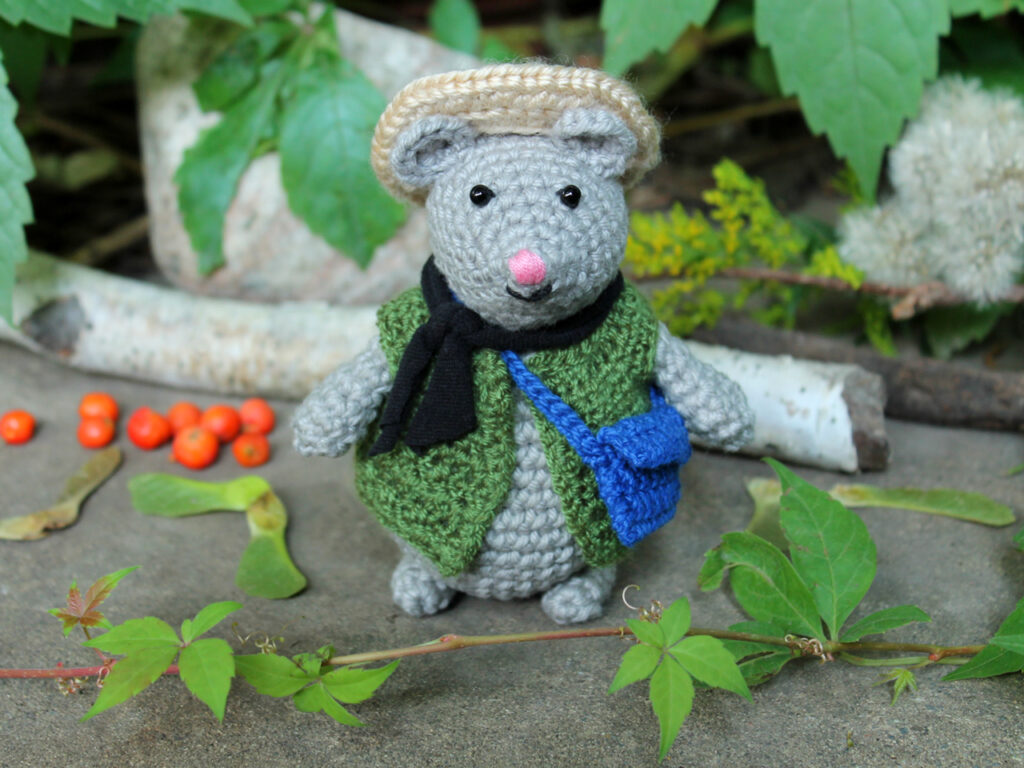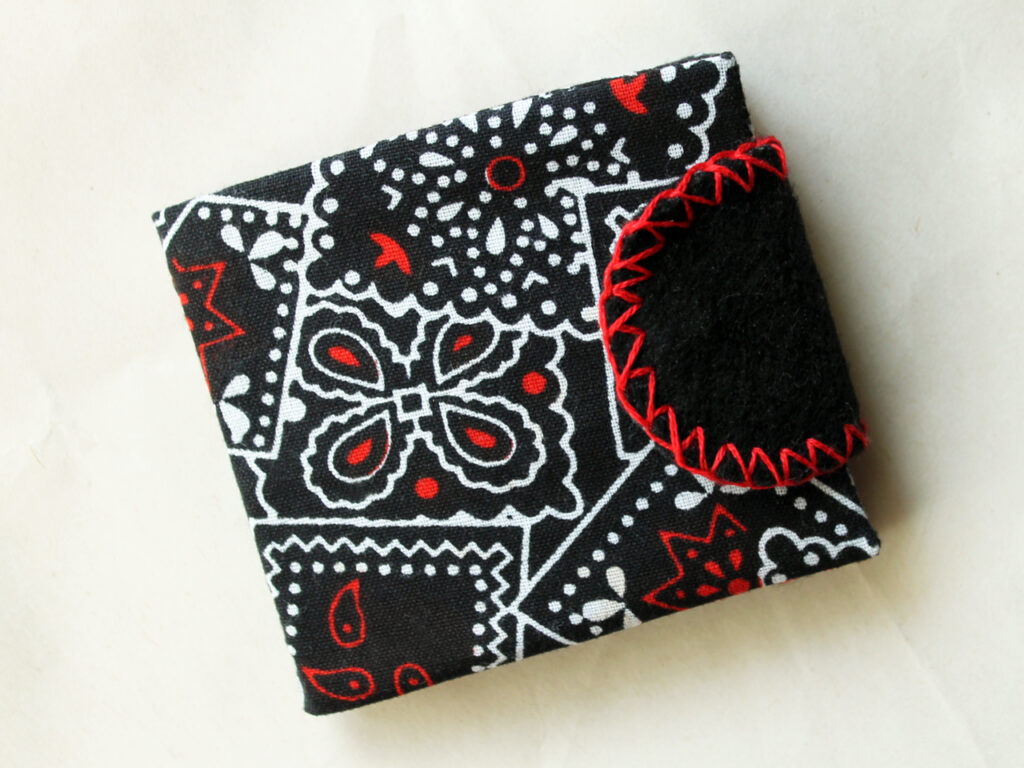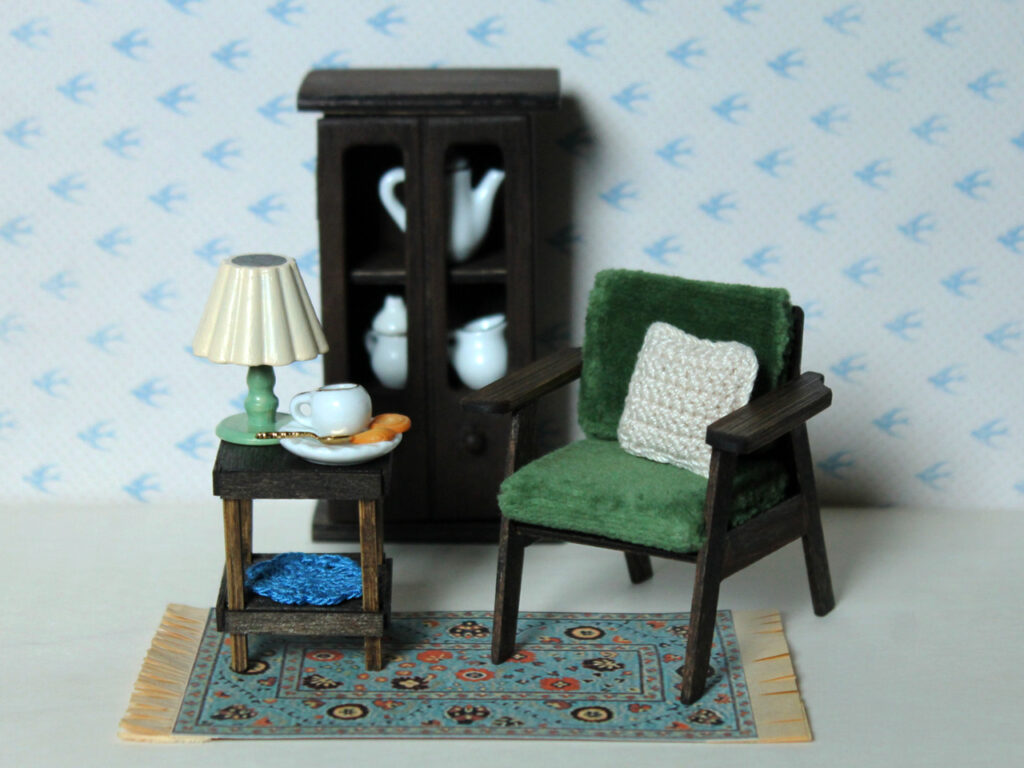
Hello and happy Sunday! Here’s my Weekly 2023 Creative Challenge update.
I went through my jewellery-making things and picked out a strand of freshwater pearls, dyed in a rich colourway of indigo/purple/turquoise/gold, called “Peacock”. I got these at Michael’s a while ago, during one of their bead sales, so I’m not sure if they’re still available, but I think these are relatively common. If you can’t find these specific ones, though, no worries, the techniques for making bracelets and earrings in this post are the same, no matter what kind of beads you have. (I realize that the pearls look like they’re plain black in these instruction photos, but the light wasn’t right to capture their lovely colouring and lustre.)


I wanted to make a double wrap bracelet however there weren’t enough pearls for that, but even if there had been enough larger beads to go around twice, these bracelets sit more nicely if you use smaller ones for the ends of the bracelet and for the middle part. I used some small black beads, which will sit toward the back when worn, so the change of beads won’t be very noticeable when wearing.

↑ “Filler beads” – I ended up going with the tiny ones in the plastic bag ↑
I like that the bracelet has a vintage look because it was made with “memory wire”, something that was commonly used to make beaded bracelets in the 50s. I found a package of this special wire at a bead store called “Arton Beads” on Queen Street West in Toronto (the Queen West bead shops were previously discussed in this post) but I believe it’s available at most bead stores or online. I see a bunch of choices on Amazon. It looks like a metal Slinky toy and comes in packages that will make a lot of bracelets. Mine is silver-plated but, since the wire will be nearly completely covered by the beads, that doesn’t really matter.
There are special wire cutters made specifically for memory wire, however, I find the heavy duty ones from my husband’s tool box work fine. You don’t want to use your delicate jewellery making wire cutters for this type of wire, though, because it will damage them and you’ll have trouble cutting the wire.

You will also need a couple of rubber earring stoppers to hold the beads onto the wire while you’re working. I also got these at the bead store but you may have some from earrings you have, or, regular butterfly backs will work if they hold the wire tightly.
This can be done with regular plyars and wire cutters, however, a set of jewellery make tools is very helpful, especially the round-nosed plyers, so you can form nice rounded wire loops.

To make a double wrap bracelet, cut a piece of memory wire that goes around twice, PLUS about three inches extra — the ends of the piece will overlap by about an inch and a half.
If your beads are not all exactly the same size, like my pearls, pick out the largest ones to begin, and thread them on the wire. Then, going down in size on both ends, add enough beads to get a length that wraps around the top of your wrist and partially down on both sides. Add some smaller “filler” to both sides until they go all the way around and meet in the middle. Add a rubber stopper to one end, leaving about 1/2 and inch, and slide the beads all the way to that.
Add the same number of small beads that you needed before (so the middle “small bead” part is 2 x as wide). Add your larger beads, again putting the larger ones in the middle. Fill with beads until that part goes over your wrist and extends down the other side by a little bit. Add the same number of small beads to mirror the section at the beginning.
Carefully wrap it around your wrists to see if it looks right. If not, take beads off as needed, until both lengths of your main bead parts are of equal length and cover the top and sides of your wrist. The ends should line up nearly in the centre of your wrist, without overlapping.
Finish one side by making a loop in the wire with your round-nose beading plyers, using the tip so the look is as small at it can be. Use your plyers to close the loop, if you need to.

Slide all the beads next to that loop so there are no gaps. You may or may not have to cut a bit of extra wire at the end, depending on the thickness of the beads you used and size of your wrist. You’ll need to cut the wire so there is 1/4 inch extra, that you will shape into a loop, to finish the bracelet. You can measure that 1/4 inch, or just use a 1/4 inch bead that you have in your stash, as a measuring tool. The loose bead in these pictures below is my “measuring bead” that I use for all beading projects. Put the “measuring bead” on the wire and slide it flush with the beads, and cut against that bead with the flat edge of the wire cutters against the “measuring bead”. Don’t forget to use the heavy duty wire cutters for the memory wire. Remove the “measuring bead” and you have the right length of wire needed to form a loop.






How to make matching earrings :
Supplies = two beads, 2 ball-pins (specifically for jewellery making), 2 small metal beads that are about the same size as the ball on the ball-pins. a pair of earring hooks, whatever style you prefer.
Thread a bead onto a ball pin, followed by one of the small metal beads. Use your “measuring bead” to measure 1/4 inch of wire and cut. Using your round nosed plyers, make a loop. Attach the loop to your earring hook, using two sets of plyers to close the loop nicely.





I hope these directions are clear enough. If I’ve forgot something, or you’d like further explanation, please write to me at the email address in the footer of the blog.
It’s a holiday here in Canada, so we have tomorrow off! Thanks for reading and wishing you a happy week. xo loulou
